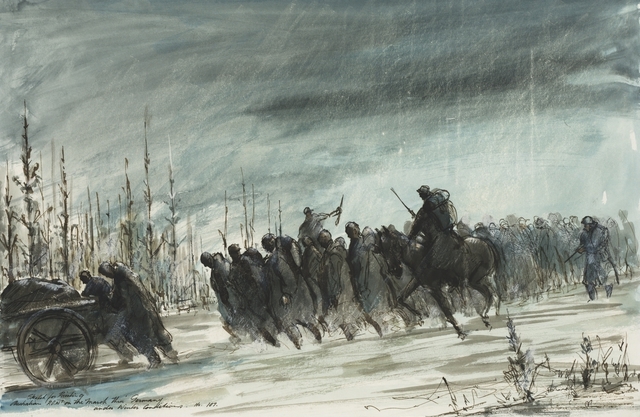|
Lamsdorf (other) , a surname
{{disambig, geo ...
Lamsdorf may refer to: * Lamsdorf (surname) * German name of Łambinowice, Poland * Stalag VIII-B, a notorious World War II German Army prisoner of war camp near Lamsdorf (Łambinowice) * Lamsdorf Death March, one of several death marches at the end of World War II See also * Lamm Lamm is a surname. Notable people with the surname include: * Brad Lamm (born 1966), American interventionist, educator, and author * Carolyn Lamm, American lawyer, president of the American Bar Association, 2009-10 * Claus Lamm (born 1973), Austr ... [...More Info...] [...Related Items...] OR: [Wikipedia] [Google] [Baidu] |
Lamsdorf (surname)
Lamsdorf or Lambsdorff is a surname. Notable people with the surname include: * Alexander Graf Lambsdorff Alexander Sebastian Léonce, Baron von der Wenge, Count Lambsdorff (born 5 November 1966), commonly known as Alexander, Count Lambsdorff (german: Alexander Graf Lambsdorff) is a German politician of the Free Democratic Party of Germany, part of t ... (born 1966), German politician * Vladimir Lamsdorf (1845–1907), Russian statesman of Baltic German descent * Otto Graf Lambsdorff (1926–2009), German politician {{surname, Lamsdorf German-language surnames ... [...More Info...] [...Related Items...] OR: [Wikipedia] [Google] [Baidu] |
Łambinowice
Łambinowice (german: Lamsdorf) is a village in Nysa County, Opole Voivodeship, in south-western Poland. It is the seat of the gmina (administrative district) called Gmina Łambinowice. It lies approximately north-east of Nysa and south-west of the regional capital Opole. Łambinowice was the location of ''Camp Lamsdorf'' which served as a prisoner of war camp during the Franco-Prussian war of 1870, and First as well as Second World Wars. When the area became Polish, the camp was maintained as ''Camp Łambinowice'' and served as a forced labour and resettlement camp for Germans. Village First mentioned under the name of Lambinowicz in 1273, the town shared the fate of the Upper Silesia and the land of Opole throughout the ages. Much damaged by the wars of the 17th century, most notably the Thirty Years' War, it lost much of its meaning as a centre of commerce and was reduced to but a small village. Camp German Empire In 1864 a large military training ground was establis ... [...More Info...] [...Related Items...] OR: [Wikipedia] [Google] [Baidu] |
Stalag VIII-B
Stalag VIII-B was a German Army prisoner-of-war camp during World War II, later renumbered Stalag-344, located near the village of Lamsdorf (now Łambinowice) in Silesia. The camp initially occupied barracks built to house British and French prisoners in World War I. At this same location there had been a prisoner camp during the Franco-Prussian War of 1870-71. Timeline In the 1860s, the Prussian Army established a training area for artillery at a wooded area near Lamsdorf, a small village connected by rail to Opole and Nysa. During the Franco-Prussian War, a camp for French prisoners of war was established here, which housed some 3000 French POW's. During the First World War, a much larger POW camp was established here with some 90,000 soldiers of various nationalities interned here. After the treaty of Versailles, the camp was closed down. It was reopened in 1939 to house Polish prisoners from the German invasion of Poland, which started World War II in September 1939. Lat ... [...More Info...] [...Related Items...] OR: [Wikipedia] [Google] [Baidu] |
Lamsdorf Death March
"The March" refers to a series of forced marches during the final stages of the Second World War in Europe. From a total of 257,000 Allies of World War II, western Allied prisoner of war, prisoners of war held in Germany, German military prison camps, over 80,000 POWs were forced to march westward across Poland, Czechoslovakia, and Germany in extreme winter conditions, over about four months between January and April 1945. This series of events has been called various names: "The Great March West", "The Long March", "The Long Walk", "The Long Trek", "The Black March", "The Bread March", and "Death March Across Germany", but most survivors just called it "The March". As the Soviet Army was advancing on the Eastern front (World War II), Eastern front, German authorities decided to evacuate POW camps, to delay liberation of the prisoners. At the same time, hundreds of thousands of German civilian refugees, most of them women and children, as well as civilians of other nationalities, ... [...More Info...] [...Related Items...] OR: [Wikipedia] [Google] [Baidu] |

